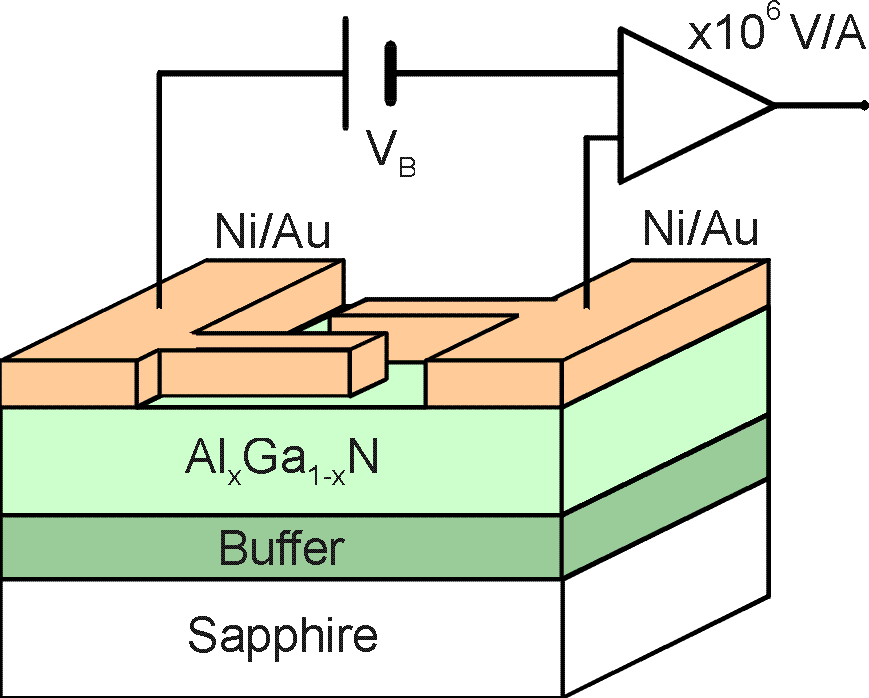Figure 1.- Schottky diode structure as a photodetector.
Figure 2. Spectral response of AlGaN Schottky photodiodes with different Al contents.
MAIN RESULTS
Because of its simplicity, a significant effort was devoted to the
development of photoconductive detectors that were appropriate for
UV-B measurements. At the end of month 18, the ALDUV consortium has
concluded that AlxGa1-xN photoconductive detectors were not adequate
for solar UV-B monitoring, due to their very poor UV/visible ratio,
their significant temperature dependence and their non-linearity with
incident power. The consortium made a significant effort on such
photodetectors, that potentially were the cheapest and the easiest to
fabricate, and the above non-positive findings were later confirmed by
other laboratories.
On the other hand, ALDUV has successfully developed Schottky barrier
UV photodetectors, metal-semiconductor-metal (MSM) and p-n junction
photodiodes that are linear, fast, and present excellent UV/visible
contrast (more than three orders of magnitude).
These studies have shown that the photodetector cut-off wavelength can
be varied between 360 nm and 290 nm by adjusting the Al mole fraction
(x), keeping a UV/visible response ratio higher than three orders of
magnitude.
For Schottky photodiodes the basic structura is shown in Figure 1 and
the spectral responses as a function of Al mole fractions are
displayed in Figure 2.
Figure 1.- Schottky diode structure as a photodetector.
Figure 2. Spectral response of AlGaN Schottky photodiodes with different Al contents.
Although any of the three types of photodiodes mentioned above (Schottky barrier photodetectors, MSM photodiodes, and p-n junction photodiodes) could be used for UV-B monitoring, ALDUV has found that a very good approximation to the CIE erythema response can be obtained by Schottky barrier photodiodes (Figure 3). This has been one of the most important and practical findings of this project. These devices provide a unique fitting to the erythema spectral action, much better than present commercial solutions based on other semiconductor detectors or on the use of filters and phosphor layers.
Figure 3. Spectral response of an Al0.28Ga0.72N/Au Schottky photodiode, compared with the CIE standard for erythema action.
Radiometric measurements of the UV-B band require photodiodes with sharper cut-off characteristics than the erythema response. AlGaN layers with an Al composition in the 25% range, and an UV/visible contrast ratio of 104 or higher, are required. The proposed MSM photodiodes for such measurements are shown in Figure 4. Figure 5 shows the responsivity of a metal-semiconductor-metal photodiode with x=0.25 for such application, and the normalised responsivity obtained for the UV-B band.

Figure 4.- MSM device schematic structure and circuit operation.
Figure 5. Spectral response of an Al0.25Ga0.75N metal-semiconductor-metal photodiode, for radiometric measurement of solar UV-B radiation.
All the experimental and theoretical studies have confirmed that the presence of defects and impurities in the AlGaN layers is responsible for the values of the responsivity in the UV-B region, and for the abruptness and UV/VIS response ratio of the fabricated photodetectors. The consortium has used ELOG (epitaxial lateral overgrowth) substrates developed at CRHEA-CNRS to fabricate Schottky barrier photodiodes, confirming the improvements in leakage current and contrast. Modelling efforts have also been made in relation to the design of Schottky barrier and p-n junction photodiodes. From such results, procedures to optimise responsivity values (mA/W) and UV/VIS contrast have been proposed.
A complete UV-B monitoring system based on AlGaN photodetectors was fabricated. It was installed on the roof of one of the buildings of ETSIT-UPM. Data adquisition and visualisation software were developed (Figure 6).
Figure 6.- Solar UV monitoring system based on AlGaN photodiodes.